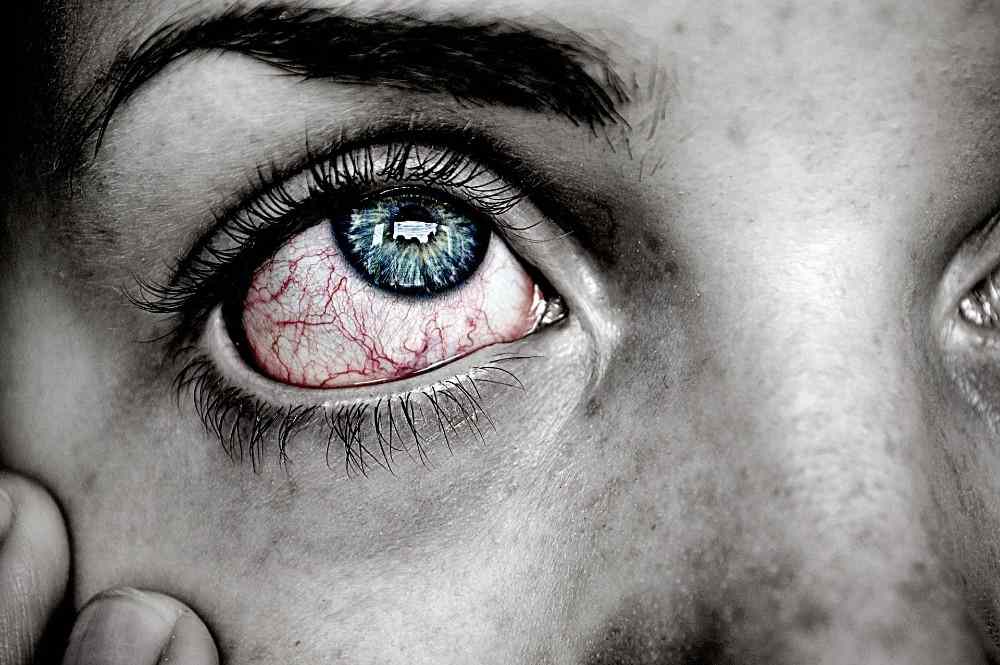It is pretty common knowledge that mold is bad for you, but much of the evidence for this is not conclusive because it is difficult to isolate mold as a sole reason for an illness to exist. When people are sick and mold is suspected, there are almost always other variables present that could be held the suspect. Can you get sick from mold though? The evidence is pretty clear that where mold is present, people will get sick.
Scientists have found that damp areas and mold are associated with respiratory problems, generally speaking. Allergies and asthma are two common ailments that seem to have a connection with dampness and mold. Respiratory infections are also more frequent in buildings where mold is present. It seems that mold is obviously the common denominator, but this does not hold up to scientific standards.
Legal Liability When You Get Sick from Mold
Legally, mold is a clear culprit of human illness. “Toxic mold syndrome” is not a medical diagnosis, but it is recognized by the courts that “toxic mold” causes health issues.
Mold is an ominous villain, and it has eluded scientists and is only recognized by the courts under certain circumstances. The Environmental Protection Agency (EPA) has coined the term “sick building syndrome” where many people get sick in a building where mold is present, but still, conclusive proof that mold is the problem is just not available.
Common sense tells us that mold is the problem, and if it isn’t, then it is something else that is present when mold is present. It, therefore, stands to reason that if you get rid of the mold problem, then you will get rid of whatever illness was or wasn’t caused by the mold.
Interestingly, mold will not necessarily ruin your home…from a structural sense anyway. Just like it may be other co-existent fungi or bacteria responsible for respiratory illnesses, these coexistent factors can cause wood to rot. One way or another, if you’ve got mold, it’s gotta go.
In the end, it seems pretty clear that conditions that support mold growth will make you sick and rot your home. What conditions are those? Warm and damp conditions with poor circulation. Warm means from 40 to 100 degrees, which leaves dampness as the real problem in the average home.
If you have mold, you must be careful when removing it, and it is best to call a professional. If you don’t detect mold, then remember that all enclosed areas need to be dry in order to keep things mold-free. Mold spores are everywhere. They are just waiting for the right conditions to grow.
